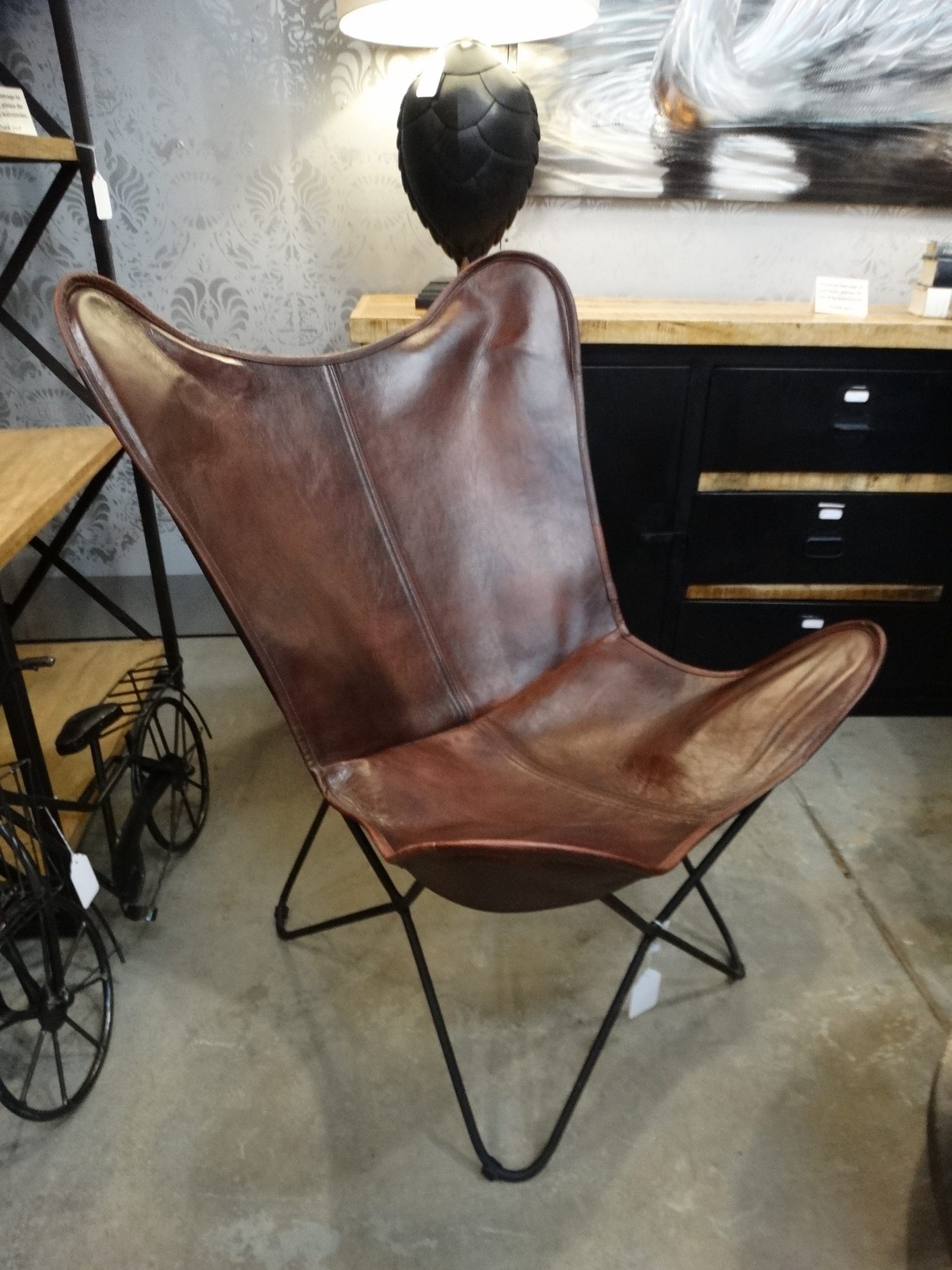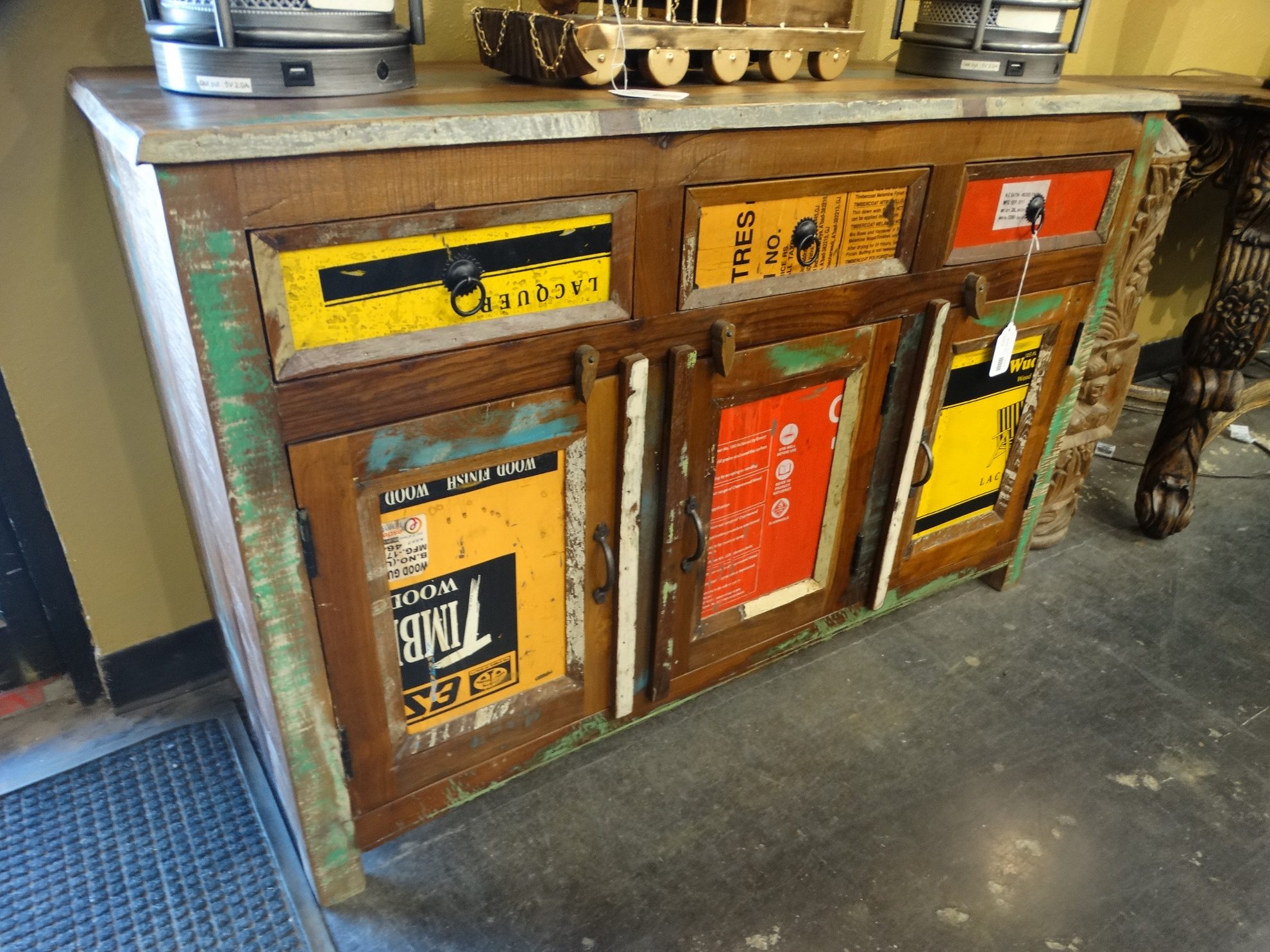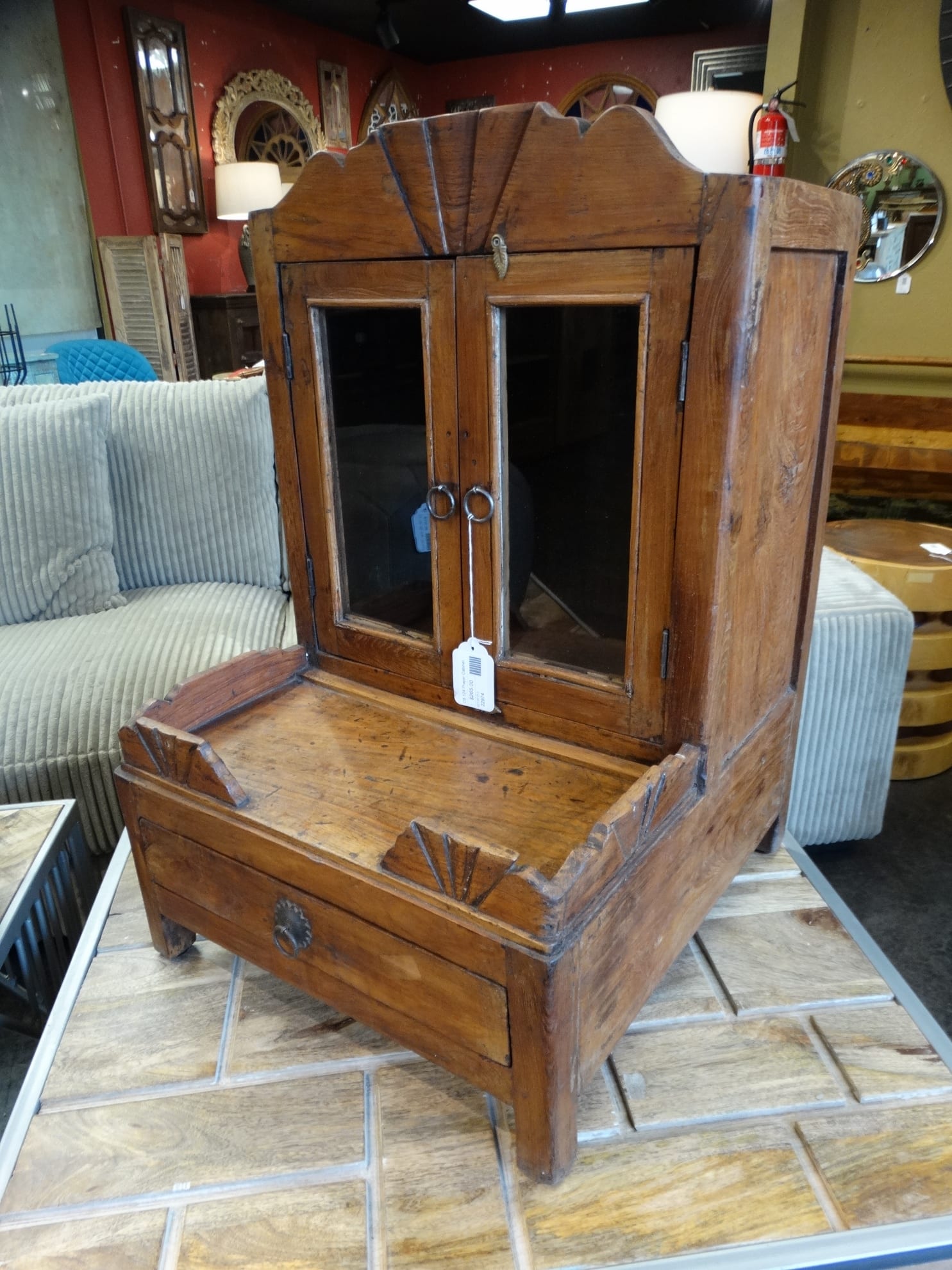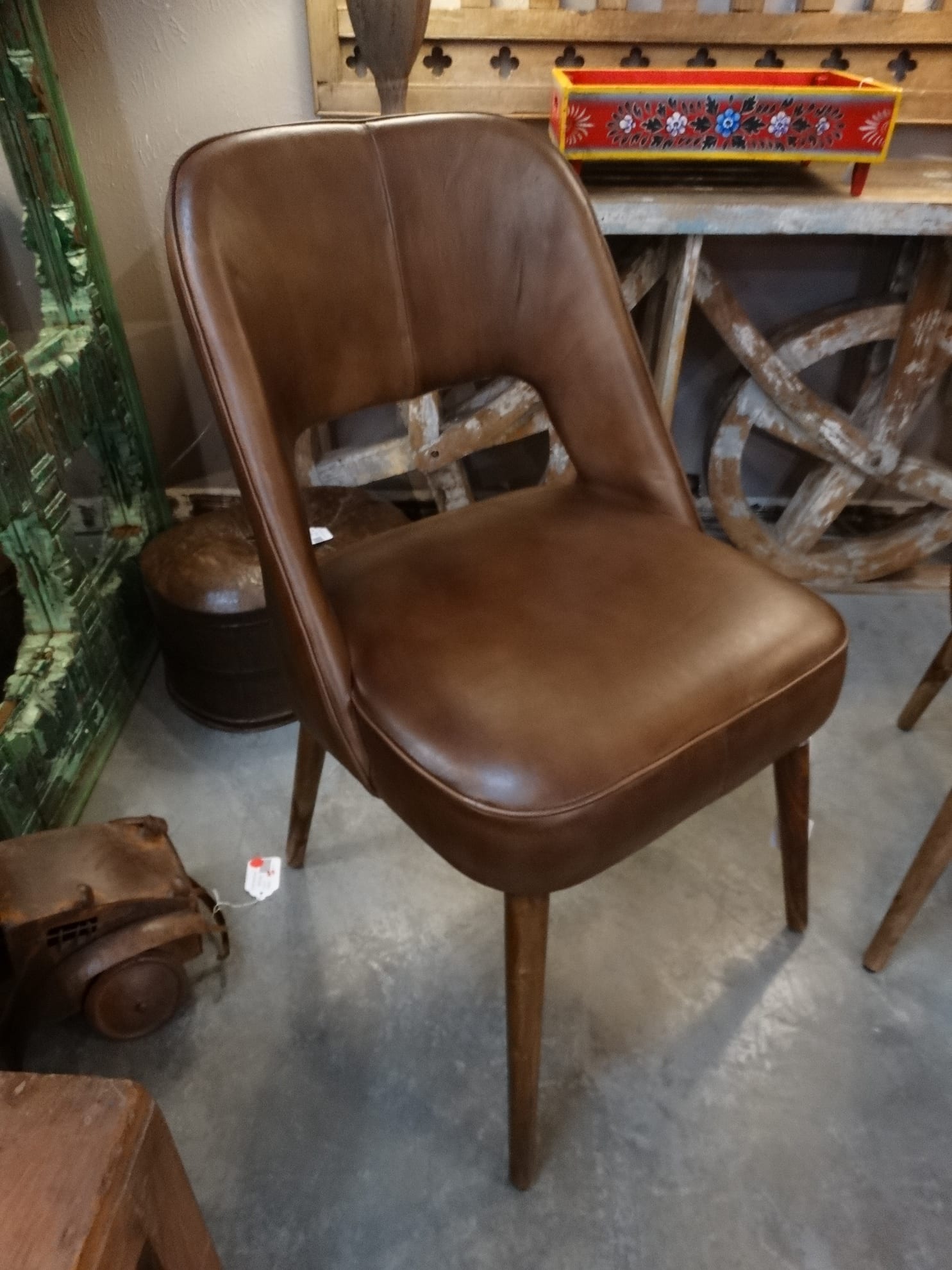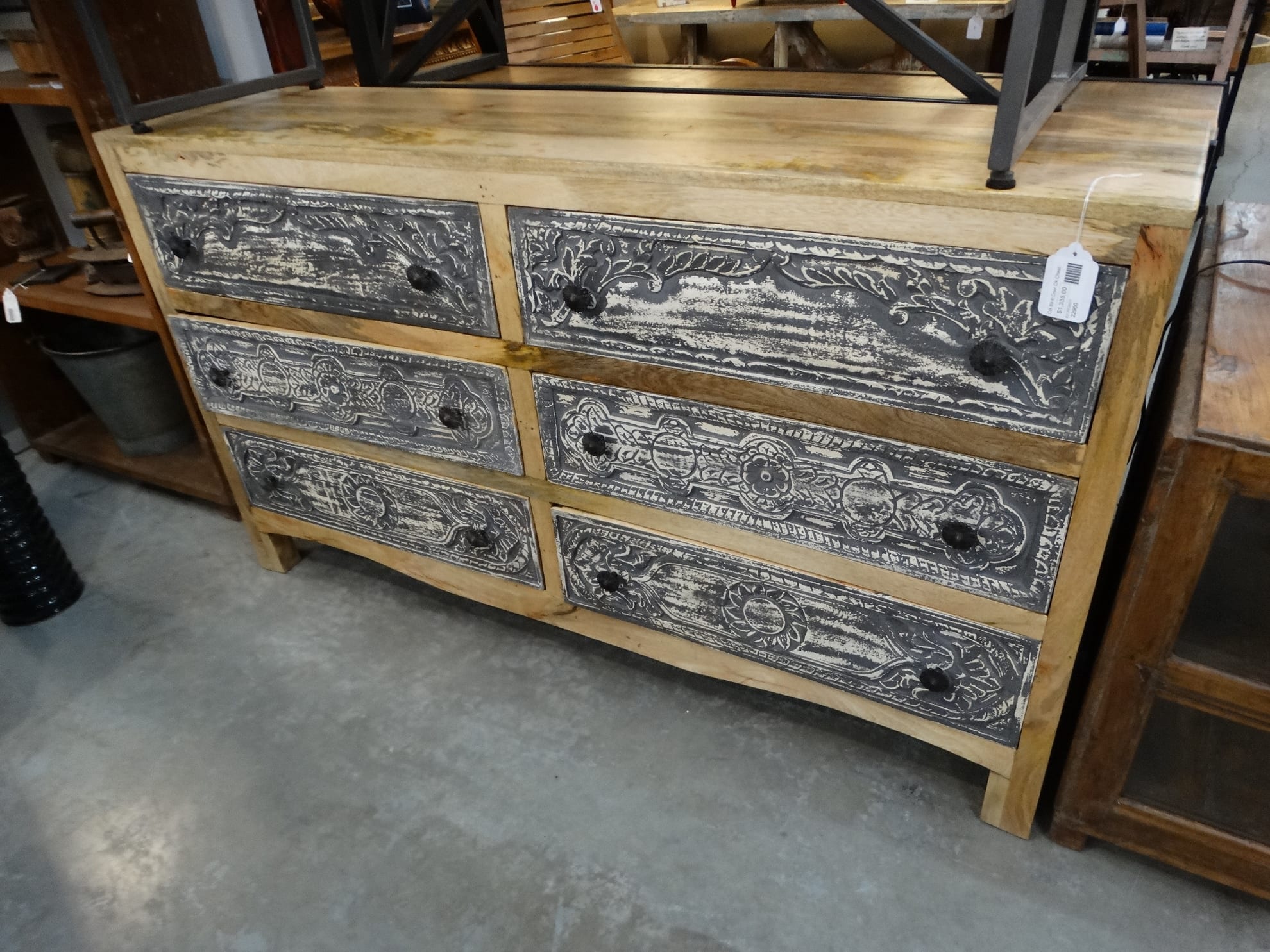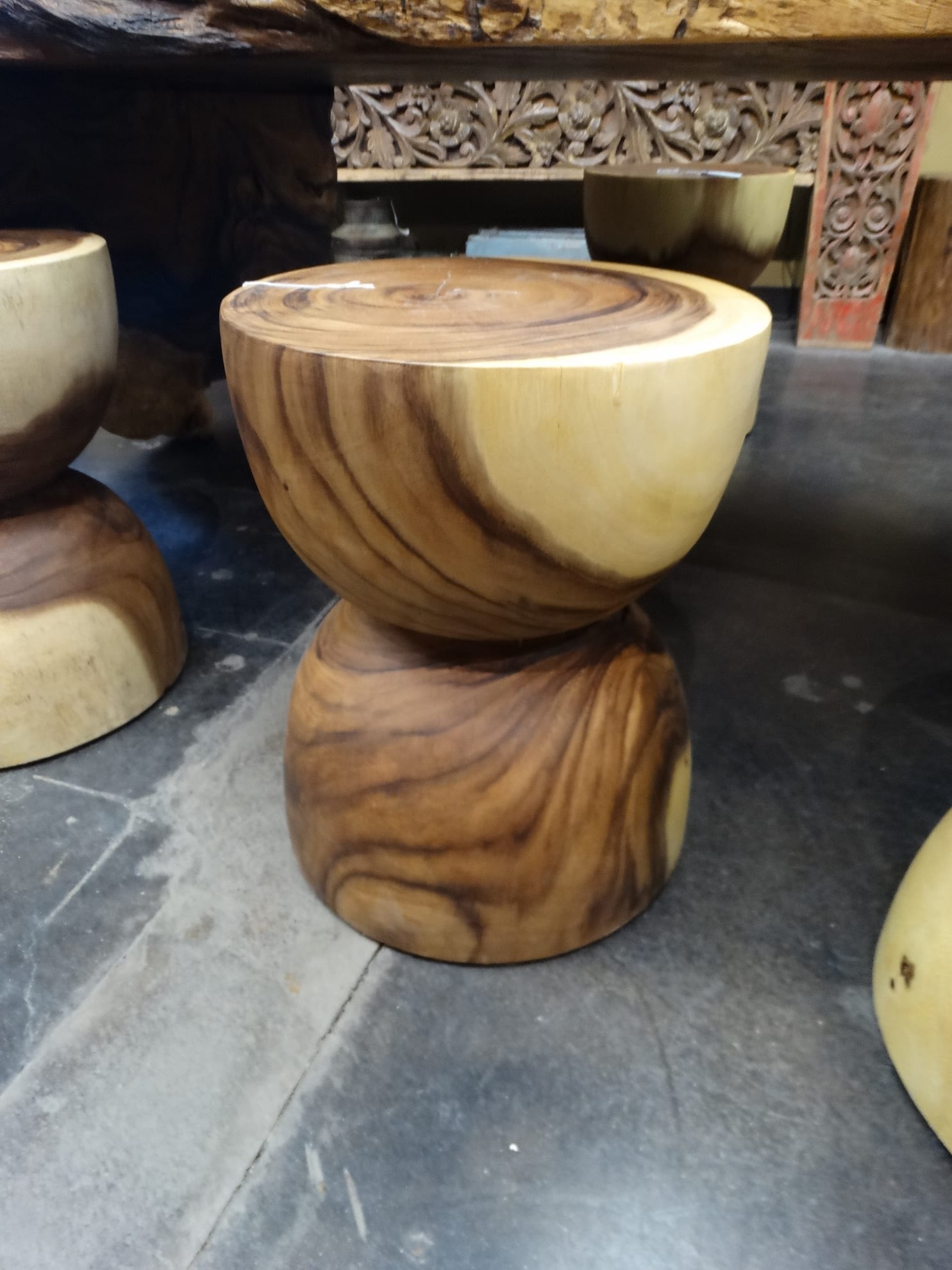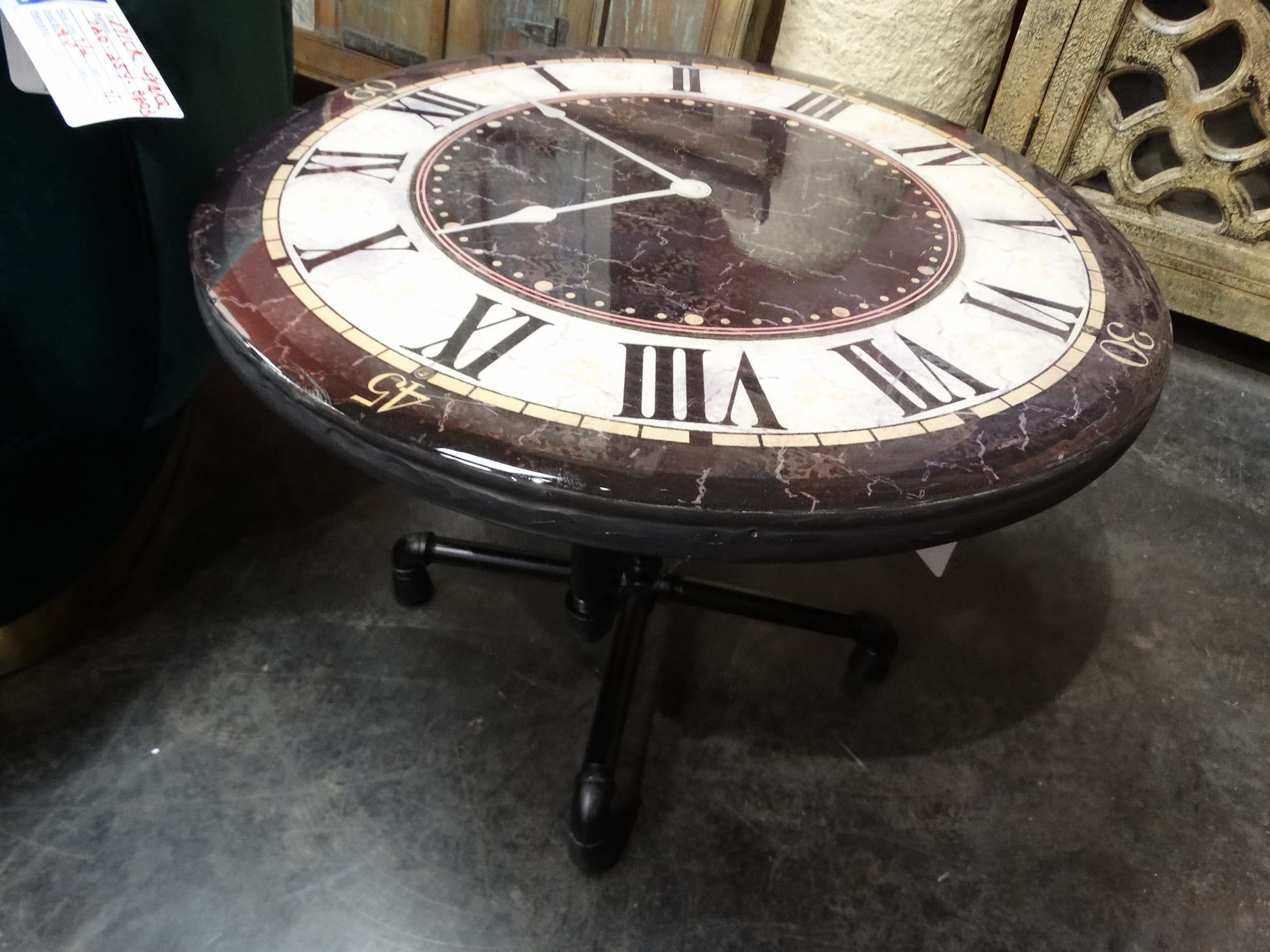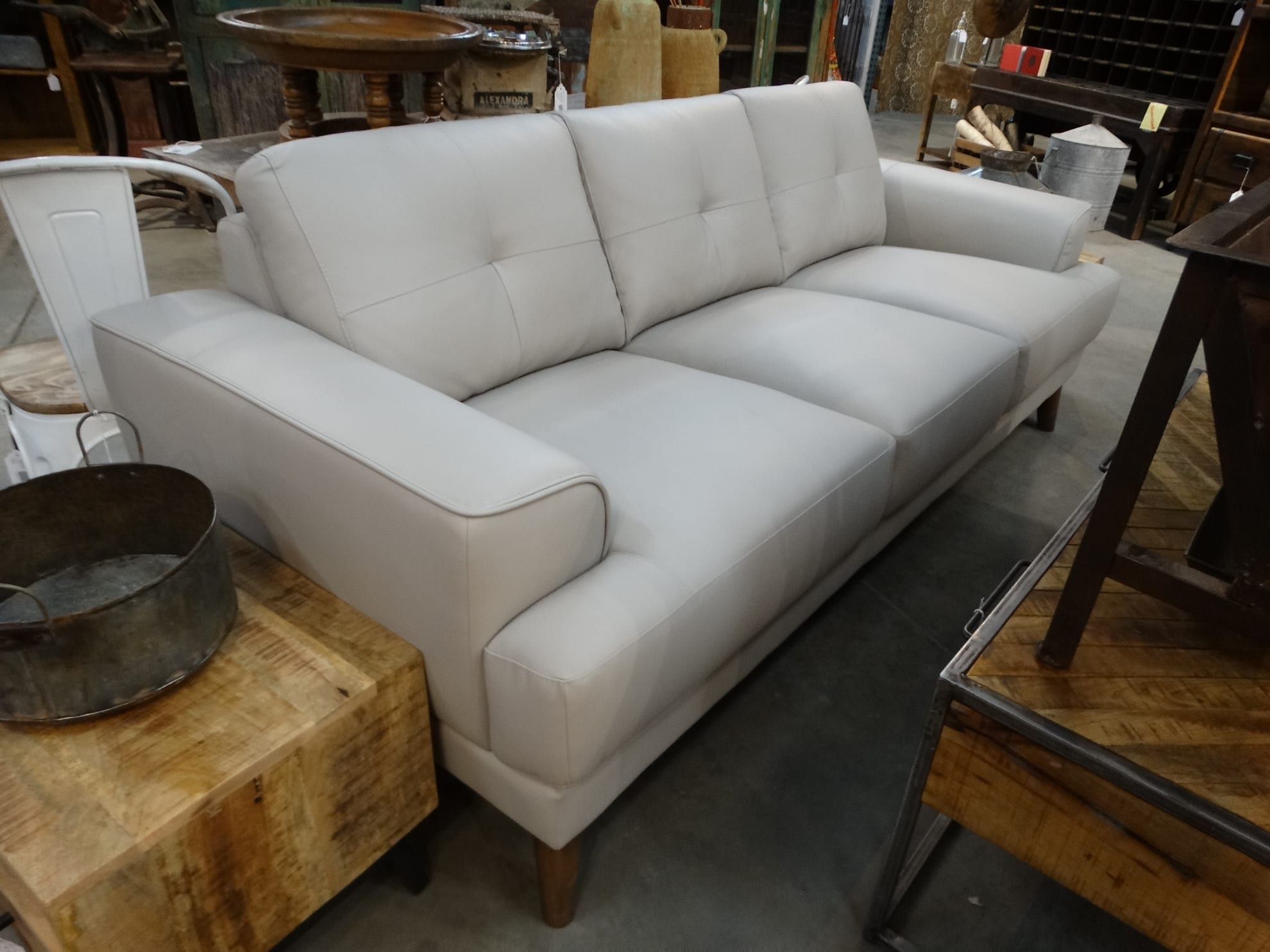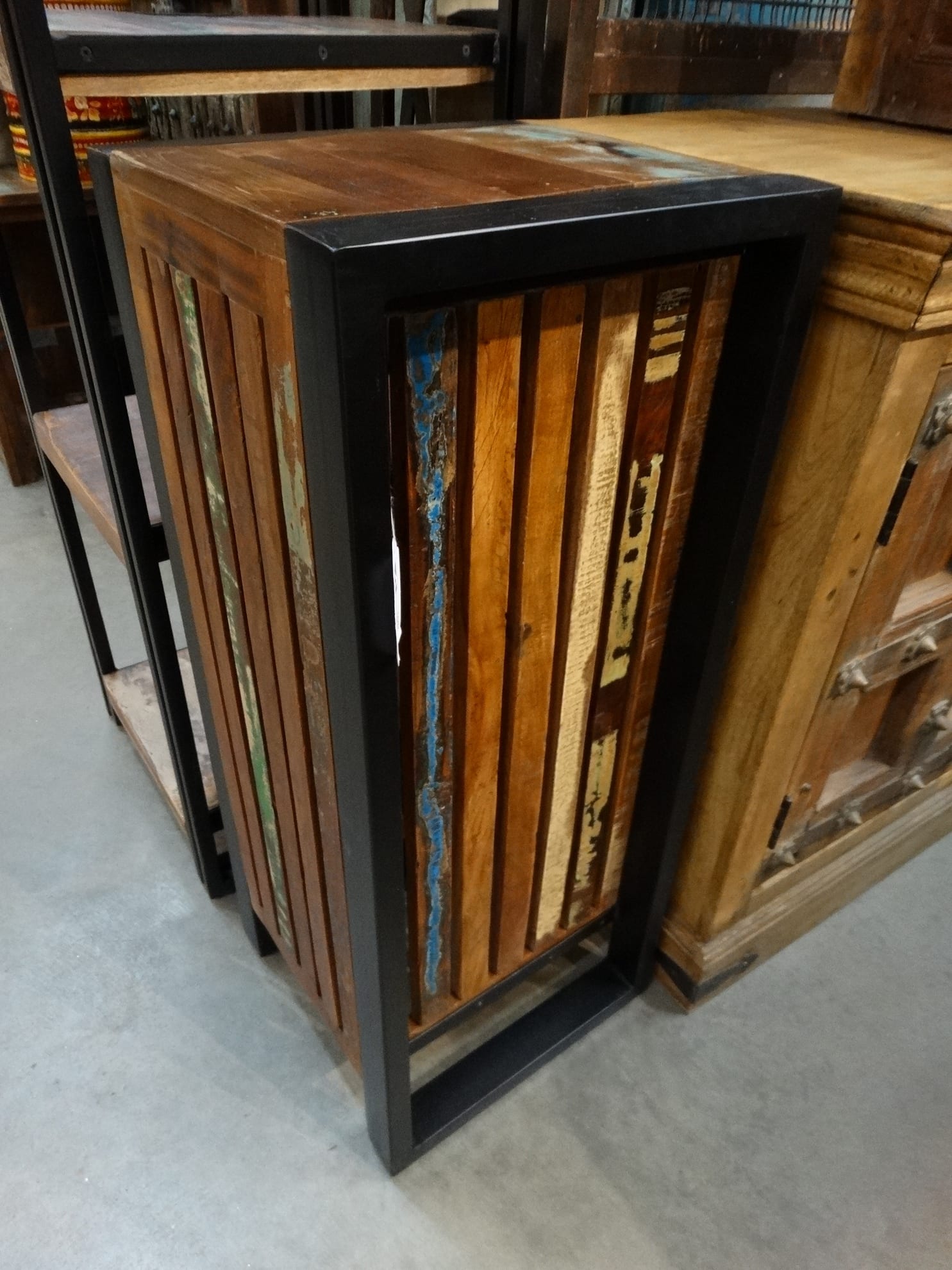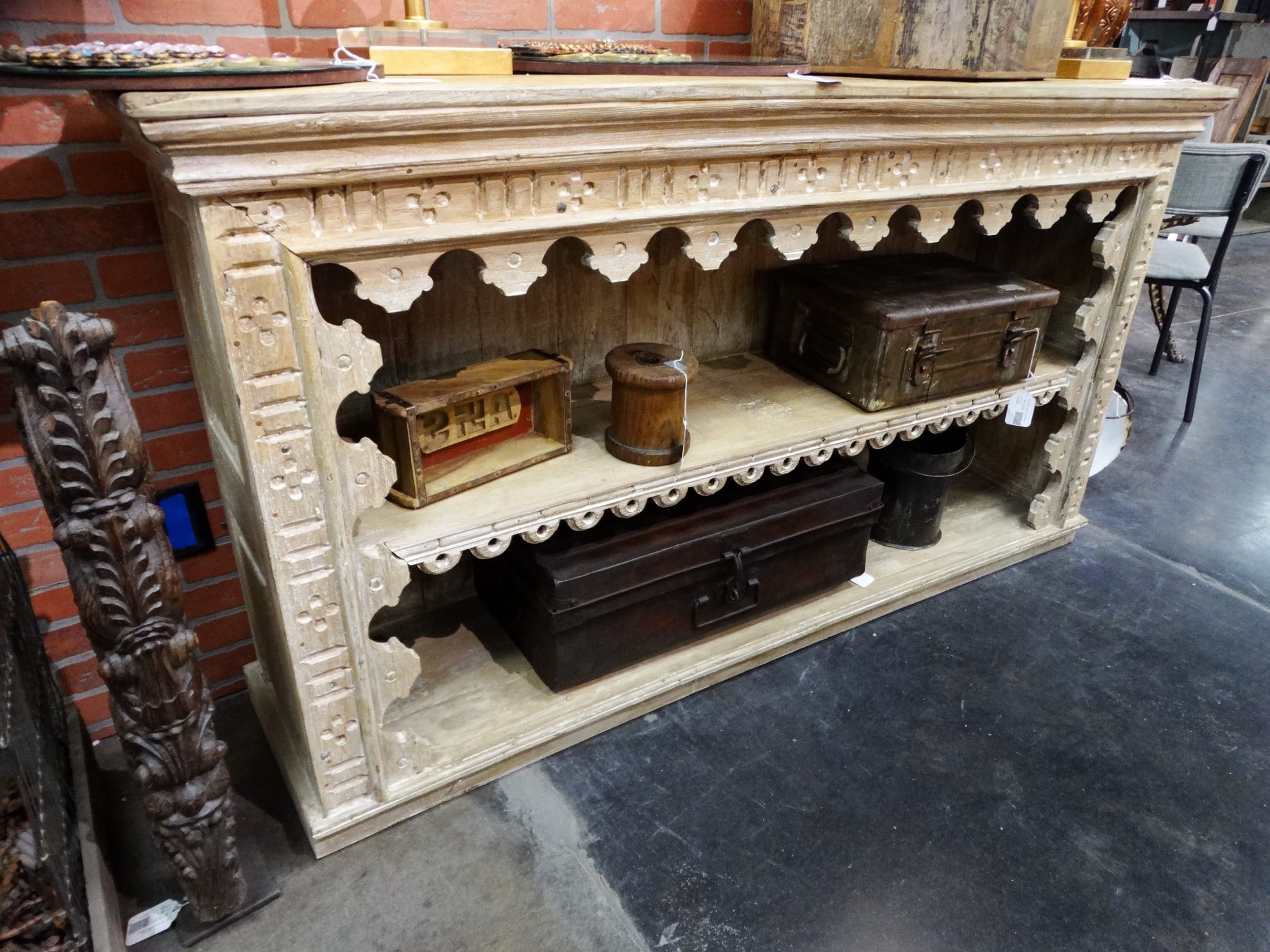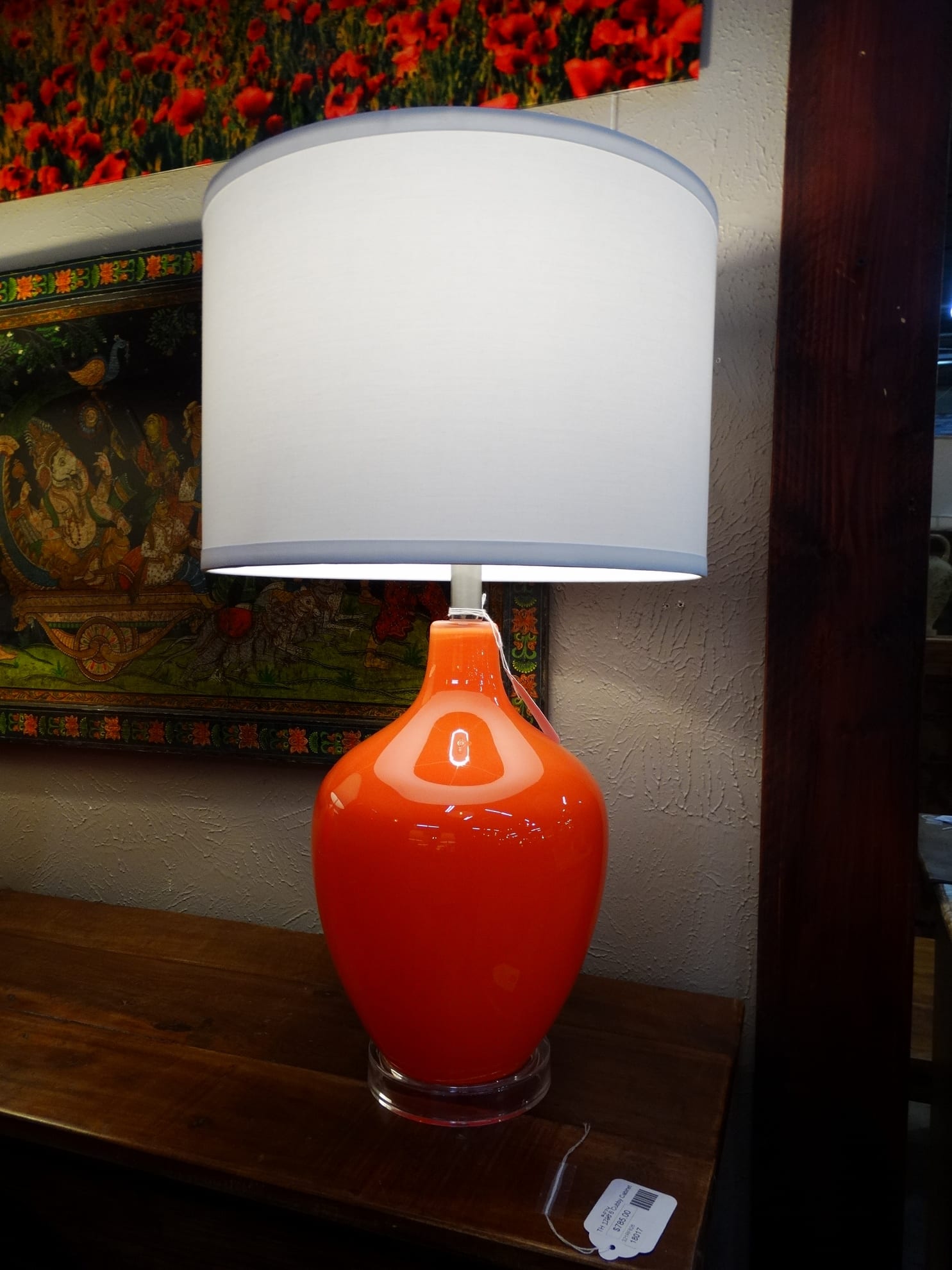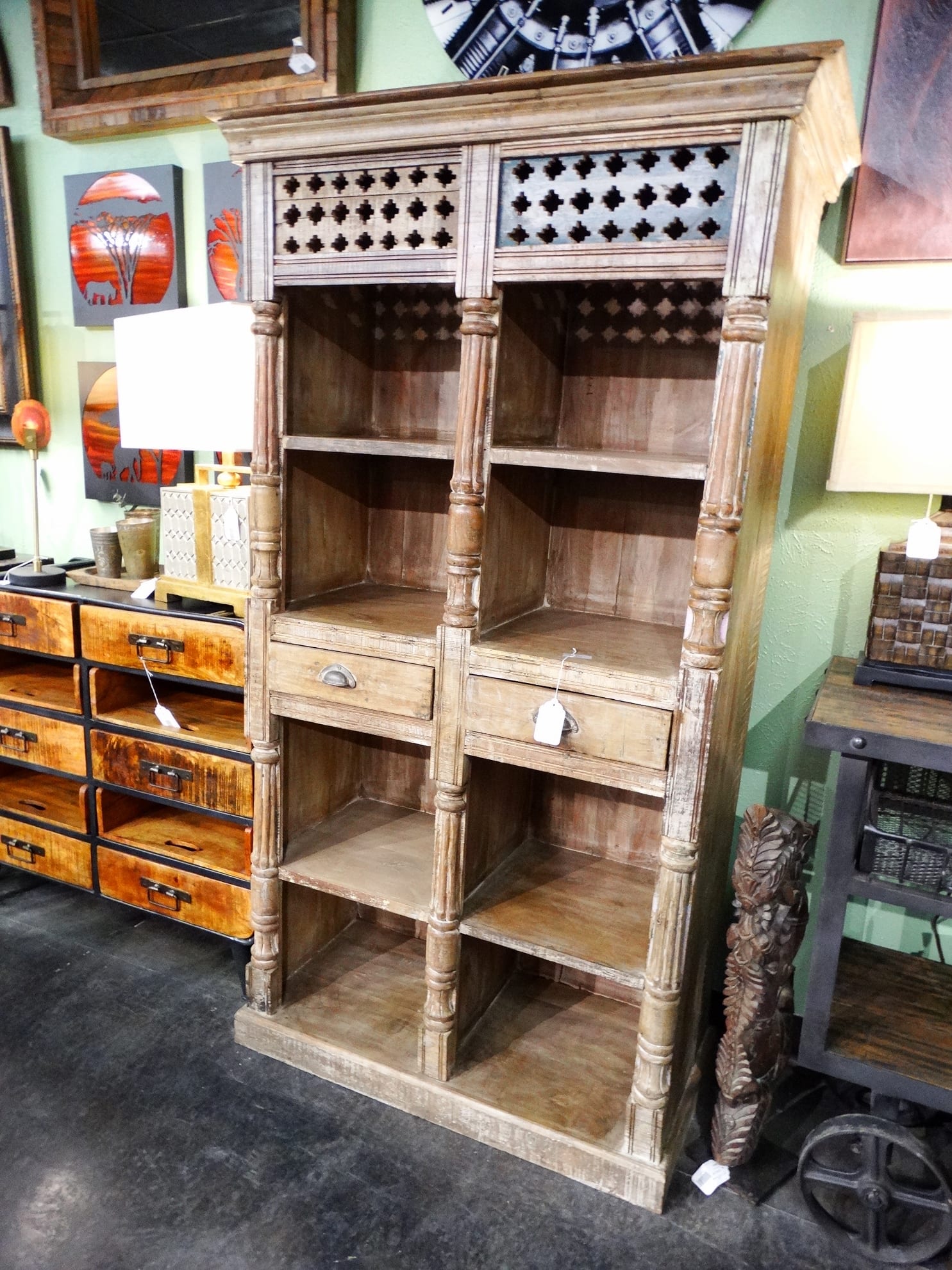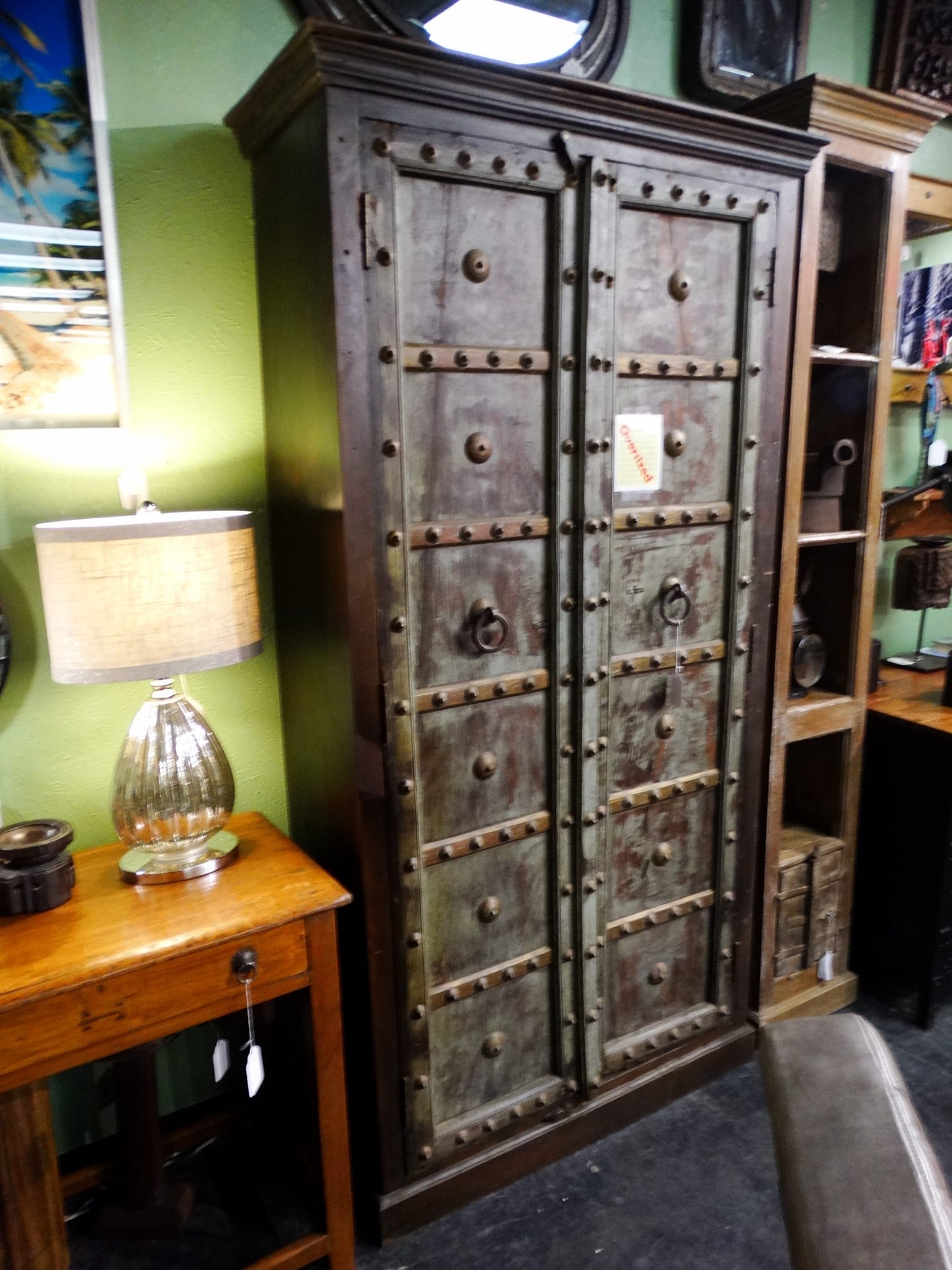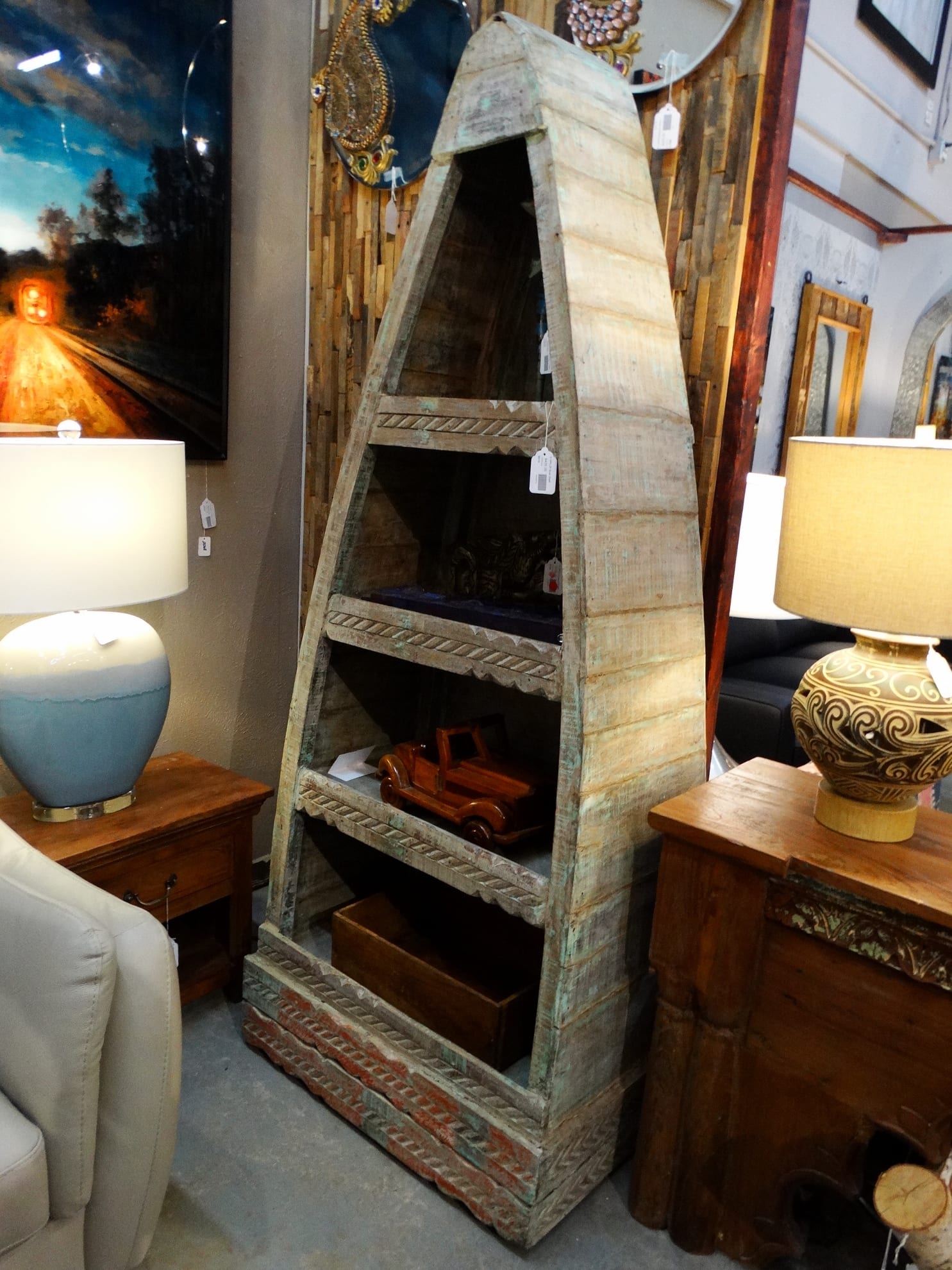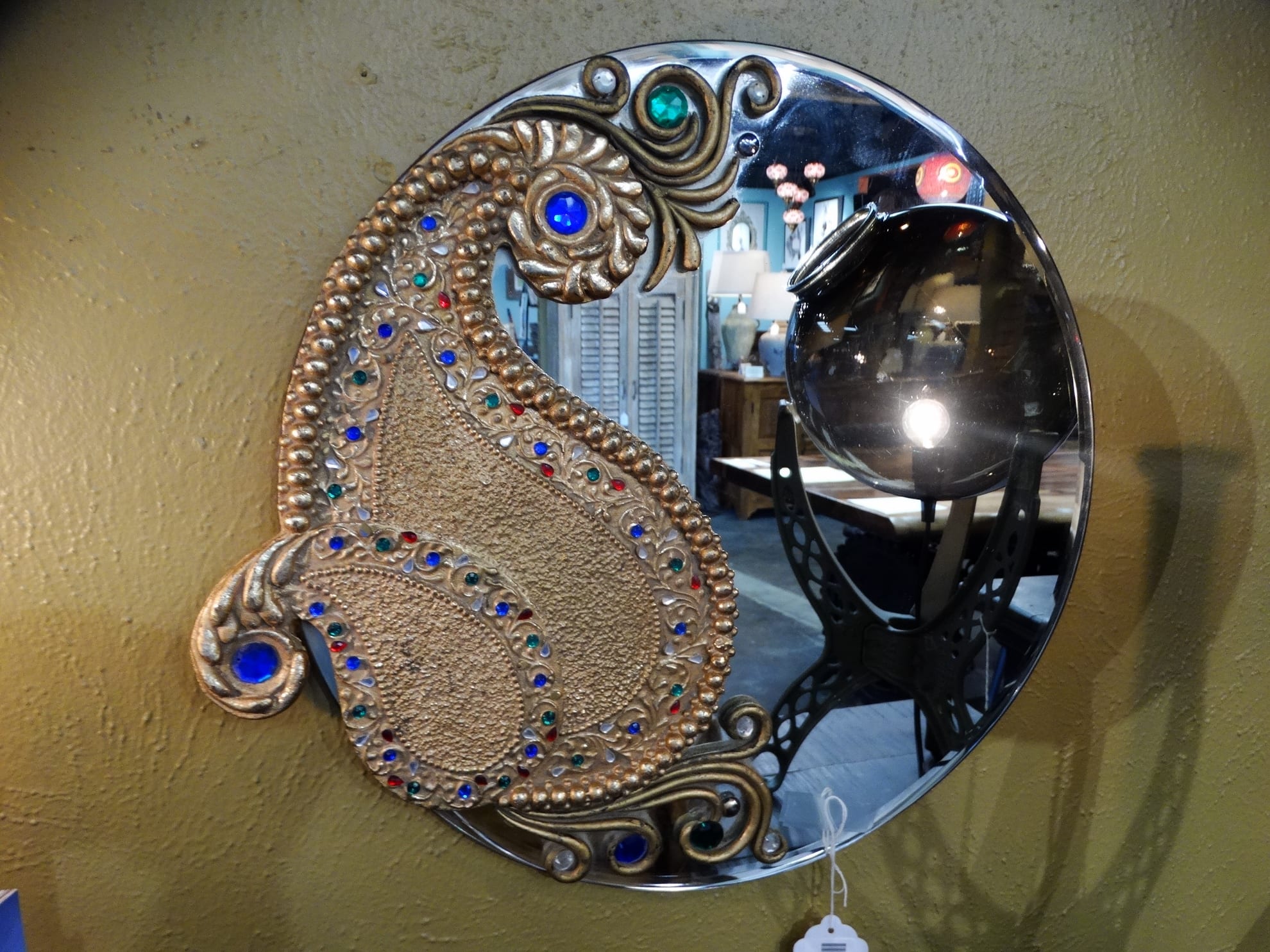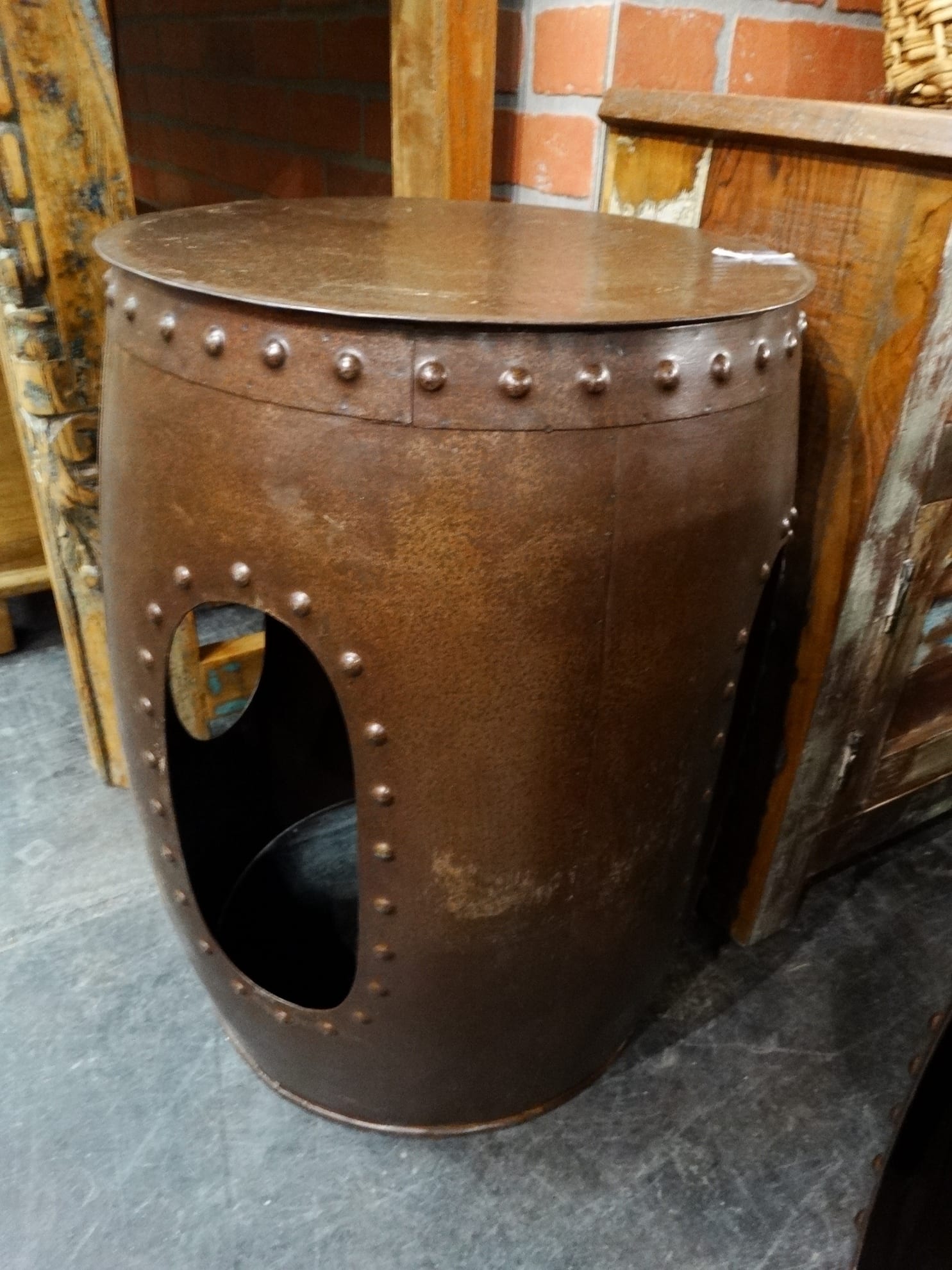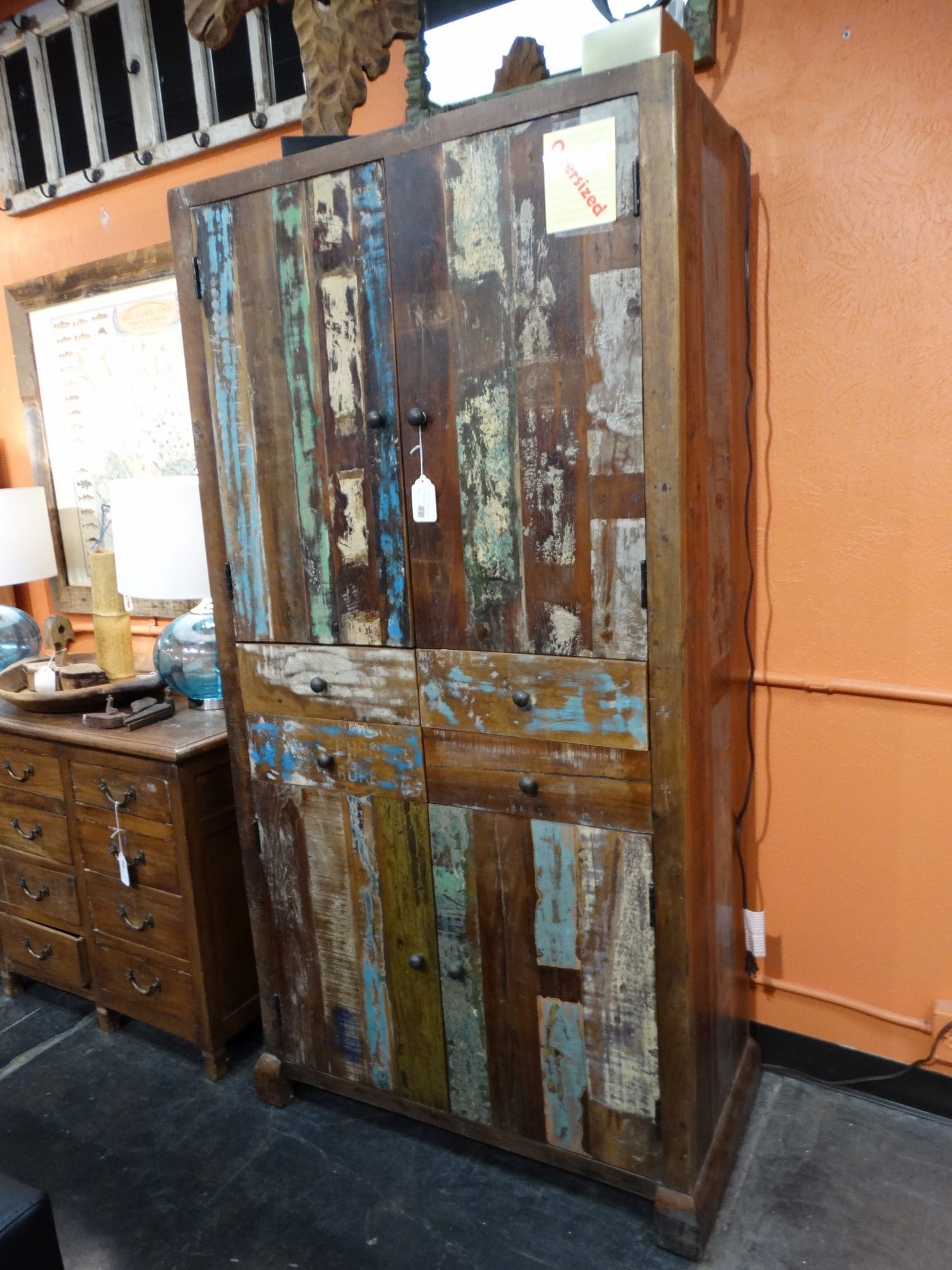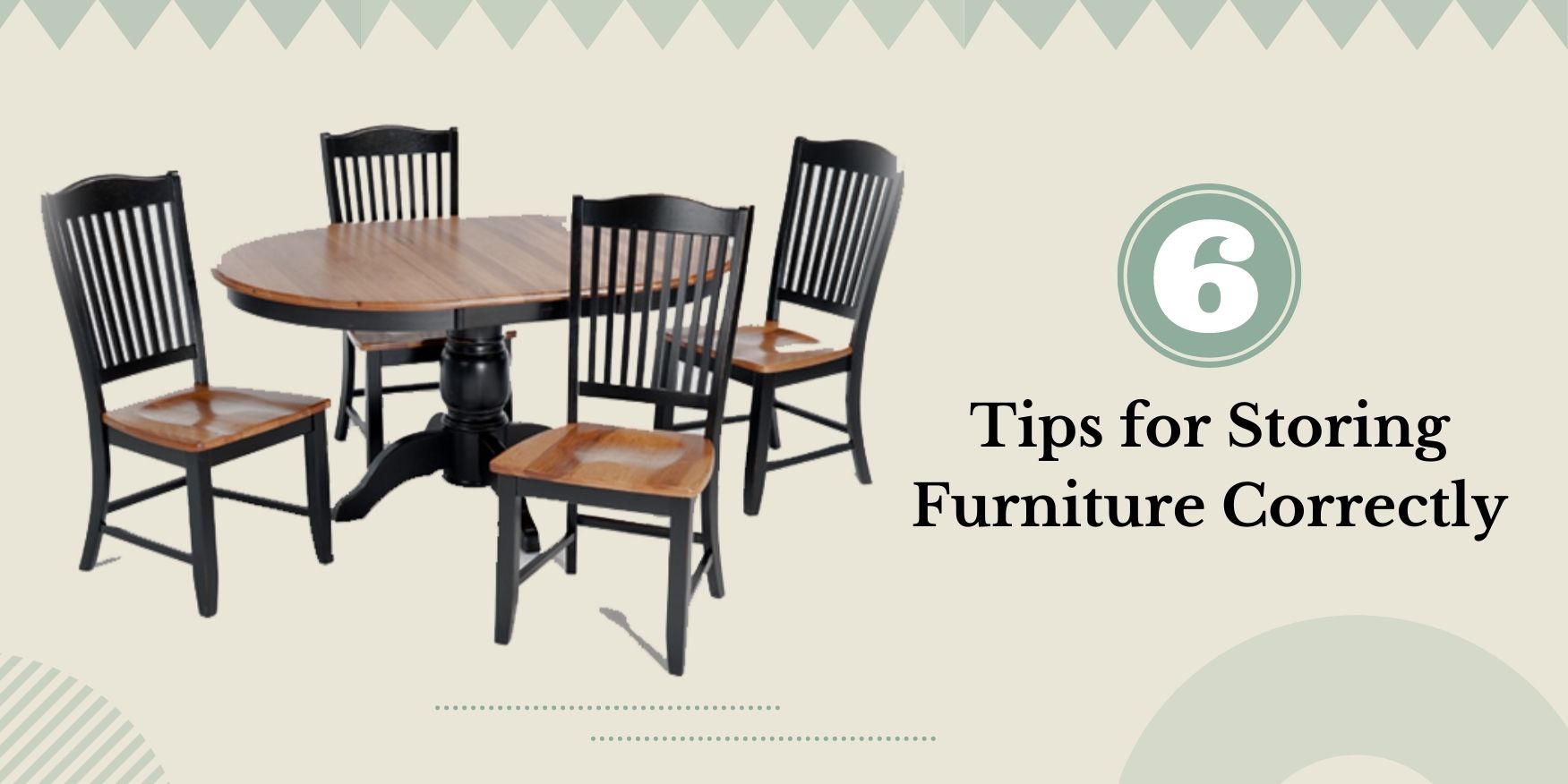
1. Secure Glass and Fragile Items
Glass and ceramic items are fragile. They are prone to breakage or damage more quickly compared to any other furniture. It would help if you took special care when storing these items. Typical glass items may include tabletops, mirrors, showcases, and pottery. There are many tried and tested ways to transport and store glass items:
- Wipe down or wash all glass and ceramics before movement.
- Wrap all glass items with packing paper. After this, place them in thick bubble wrap and place them inside a box with some padding.
- Avoid sticking tape or adhesives directly on the glass. This leaves a bad smell and is hard to clean if you plan to unpack after a long time.
- Store all glass items in areas where there is no danger of other furniture toppling over them, which could cause breakage.
2. Disassemble What You Can
Moving large pieces of furniture can be tricky. You don’t want to cause a dent or damage an expensive dining table by trying to move it all in one piece. The key is to disassemble large furniture.
Most big furniture these days is modular. This means that many of its bigger parts are designed to be quickly taken apart. For example, a billiards table or a large bookshelf can be easily dismantled.
Follow these handy tips during disassembly:
- Do it slowly and label every small plank, screw, or bolt. Doing so will help you set it back up quickly, even after a long time.
- Store tiny screws or metal parts in smaller containers with clear labels and number of items.
- Take a few pictures before disassembly. These will come in handy during reassembly.
3. Clean Everything Well
Storing furniture when it’s dirty can prove costly and lead to permanent damage. It can leave undesired stains behind. It can damage its quality and cause foul odors to linger on the furniture and the storage area. Dirty furniture is one of the leading causes of rodents and other critters infesting storage spaces.
Here are some tips for cleaning furniture before storage:
- Use a dust cloth to get rid of loose dirt or dust on wood furniture surfaces. Use a wet towel to wipe down all the surfaces and let them dry for a while.
- For furniture like sofas and other upholstered items, make sure to vacuum all corners.
- Make a homegrown cleaning agent for leather furniture by mixing water with vinegar. Wipe the furniture down, dry it, and apply a leather conditioner if available.
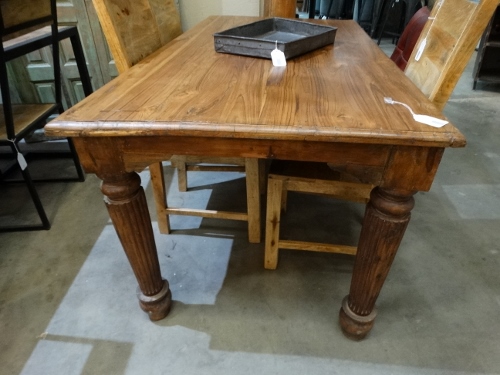
4. Cover Furniture and Flooring
Furniture storage can be of two types: Long or short-term. Special care and planning are needed if you plan to store furniture for several months or even years.
You must safeguard the furniture from damage, moisture, insects, mold, and many other factors.
Different types of furniture require other protective methods. For example, the bubble wrap you may use for a chandelier will not work for a sofa.
We list a few Dos and Dont’s below:
- Use bubble wrap for wood and glass items for covering. Cover upholstered items with sheets or furniture covers.
- Do not use plastic sheets or tarps on upholstered furniture. These materials trap moisture within them and can damage the furniture and cause foul odors when stored for long.
- Apply furniture polish on expensive wood items to protect them from moisture and expansion.
5. Choose Climate-proof Storage Places
A factor often overlooked during storage is the location. Many people dump furniture in old basements or garages. It is worth your while to consider renting a storage space if you want your furniture to last long.
Renting the correct storage unit is the first step to dealing with your furniture storage woes. Find a climate-controlled unit with a reasonable price tag. These places use regulate the temperature and humidity. It helps your furniture stay unaffected by moisture and heat outside.
Things you can do before moving your furniture to a climate-controlled rental:
- Clean all furniture and wipe them down a day or two ahead. Wait for a day when the weather is dry to move your stuff. Avoid moving during heavy rains or extreme heat.
- Cover the storage unit’s floor with sheets or pallets.
6. Research Best Storage Options
Now that you have decided to move your furniture into a storage rental space, there are a few things to do before you make the big move. First, you need to zero in on the place itself. This can turn out to be a more daunting task than you imagined. There are often plenty of local options.
Storage spaces come at all sizes and prices. An area that caters to primarily used furniture may not be suitable for your expensive pieces. There are several factors you must look into before selecting a storage space.
Here are our top tips:
- Look for climate-controlled places. They cost more but keep your furniture in tip-top shape even after years.
- Scout the place for security arrangements. The place must have pro-security round-the-clock and other necessities such as CCTV cameras.

